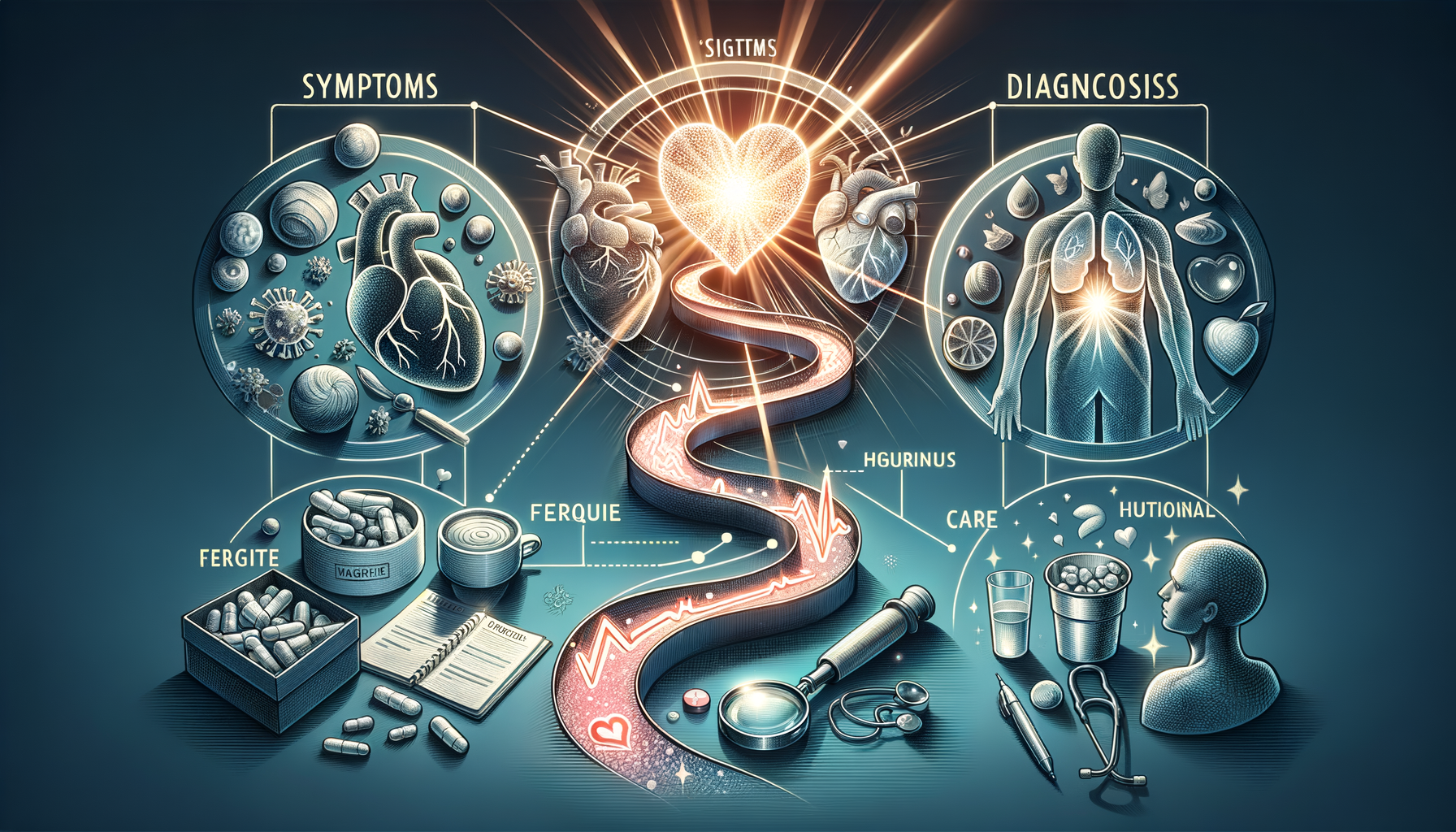Introduction to Amyloidosis
Amyloidosis is a rare but serious condition characterized by the abnormal deposition of amyloid proteins in various organs and tissues throughout the body. These proteins can accumulate in the heart, kidneys, liver, spleen, nervous system, and digestive tract, leading to organ dysfunction and, in severe cases, organ failure. Understanding the symptoms, diagnosis, and care options is crucial for managing this condition effectively and improving patient outcomes.
Recognizing the Symptoms of Amyloidosis
The symptoms of amyloidosis can vary widely depending on which organs are affected. Common signs include fatigue, weight loss, swelling in the legs and ankles, numbness or tingling in the hands and feet, and an irregular heartbeat. In some cases, patients may experience shortness of breath, diarrhea, or skin changes. Because these symptoms can mimic other conditions, amyloidosis is often challenging to diagnose. It is essential for individuals experiencing persistent or unexplained symptoms to seek medical evaluation.
Some specific symptoms related to organ involvement include:
- Heart: Irregular heartbeat, heart failure symptoms
- Kidneys: Protein in urine, kidney failure
- Liver: Enlarged liver, abnormal liver function tests
- Nervous System: Carpal tunnel syndrome, peripheral neuropathy
Diagnosis Process of Amyloidosis
Diagnosing amyloidosis typically involves a combination of clinical evaluation, laboratory tests, and imaging studies. Physicians may initially suspect amyloidosis based on symptoms and physical examination findings. Blood and urine tests can help detect abnormal protein levels. Imaging studies, such as echocardiograms or MRI scans, may be used to assess organ involvement and function. A definitive diagnosis often requires a biopsy, where a small tissue sample is taken from an affected organ or area and examined under a microscope for amyloid deposits.
Advanced diagnostic techniques, such as mass spectrometry, can identify the specific type of amyloid protein, which is critical for determining the appropriate treatment strategy. Early and accurate diagnosis is vital for managing the disease effectively and preventing further organ damage.
Care and Treatment Options for Amyloidosis
Treatment for amyloidosis focuses on managing symptoms, slowing disease progression, and addressing the underlying cause of amyloid production. The treatment plan is often tailored to the individual based on the type of amyloidosis and the organs affected. Common treatment approaches include:
- Medications: Drugs to reduce amyloid production or stabilize existing deposits
- Supportive Care: Managing symptoms such as pain, swelling, and heart failure
- Organ Transplant: In severe cases, organ transplantation may be considered
- Lifestyle Modifications: Dietary changes, exercise, and avoiding factors that exacerbate symptoms
For certain types of amyloidosis, such as AL amyloidosis, chemotherapy may be used to target the abnormal cells producing amyloid proteins. Ongoing research continues to explore new therapies and interventions to improve outcomes for patients with amyloidosis.
Conclusion: Navigating Life with Amyloidosis
Living with amyloidosis can be challenging, but understanding the disease and its management options can empower patients and their families to make informed decisions about care. Early detection and a comprehensive treatment plan are key to managing symptoms and maintaining quality of life. As research advances, there is hope for more effective treatments and, ultimately, a cure for this complex condition. Patients are encouraged to work closely with their healthcare team to tailor a management plan that best suits their needs and lifestyle.




Leave a Reply